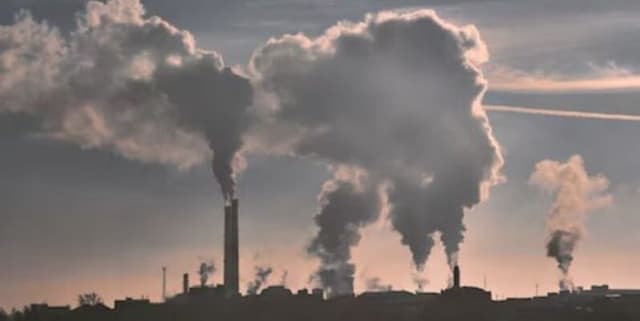Global Agricultural Carbon Footprint
Synthetic Biology & Genetic Engineering
Tags and Keywords
Trusted By




"No reviews yet"
Free
About
This dataset provides crucial information for forecasting agricultural CO2 emissions and understanding their impact on climate change. It describes CO2 emissions related to agri-food, which account for approximately 62% of the global annual emissions. The data is significant for studying climate change, developing sustainable practices within the agri-food sector, and enables the prediction of future emissions to inform targeted strategies.
Columns
The dataset features 31 columns, with CO2 emissions recorded in kilotonnes (kt). Key columns include:
- Area: The geographical area.
- Year: The year the emissions were recorded, ranging from 1990 to 2020.
- Savanna fires: Emissions from fires in savanna ecosystems.
- Forest fires: Emissions from fires in forested areas.
- Crop Residues: Emissions from burning or decomposing leftover plant material after crop harvesting.
- Rice Cultivation: Emissions from methane released during rice cultivation.
- Drained organic soils (CO2): Emissions from carbon dioxide released when draining organic soils.
- Pesticides Manufacturing: Emissions from the production of pesticides.
- Food Transport: Emissions from transporting food products.
- Forestland: Land covered by forests, notable for exhibiting negative emissions as a carbon sink. Through photosynthesis, forests absorb and store carbon dioxide.
- Net Forest conversion: Change in forest area due to deforestation and afforestation.
- Food Household Consumption: Emissions from food consumption at the household level.
- Food Retail: Emissions from the operation of retail establishments selling food.
- On-farm Electricity Use: Electricity consumption on farms.
- Food Packaging: Emissions from the production and disposal of food packaging materials.
- Agrifood Systems Waste Disposal: Emissions from waste disposal in the agri-food system.
- Food Processing: Emissions from processing food products.
- Fertilisers Manufacturing: Emissions from the production of fertilisers.
- IPPU: Emissions from industrial processes and product use.
- Manure applied to Soils: Emissions from applying animal manure to agricultural soils.
- Manure left on Pasture: Emissions from animal manure on pasture or grazing land.
- Manure Management: Emissions from managing and treating animal manure.
- Fires in organic soils: Emissions from fires in organic soils.
- Fires in humid tropical forests: Emissions from fires in humid tropical forests.
- On-farm energy use: Energy consumption on farms.
- Rural population: Number of people living in rural areas.
- Urban population: Number of people living in urban areas.
- Total Population - Male: Total number of male individuals in the population.
- Total Population - Female: Total number of female individuals in the population.
- total_emission: Total greenhouse gas emissions from various sources.
- Average Temperature °C: The average yearly temperature increase in degrees Celsius, which can be used as a target for machine learning models.
Distribution
The dataset is provided as a CSV file,
Agrofood_co2_emission.csv, and is approximately 2.05 MB in size. It contains 31 columns and 6965 records, though some specific features may have missing values.Usage
This dataset is ideal for:
- Leveraging machine learning for forecasting agricultural CO2 emissions.
- Performing analyses on the relationship between emissions, climate change, and geographical areas.
- Developing regression models to predict temperature variations.
- Monitoring the environmental impact of agricultural activities.
- Informing the development of targeted strategies and interventions for sustainable agricultural practices.
Coverage
The dataset covers a wide geographical scope, featuring 236 unique areas globally, with data recorded annually from 1990 to 2020. It includes demographic information such as rural and urban populations, and male and female total populations.
License
CC0: Public Domain
Who Can Use It
This dataset is a valuable resource for:
- Policymakers seeking to develop interventions for sustainable agriculture.
- Researchers and climate scientists studying the environmental impact of the agricultural sector.
- Environmental researchers focused on climate change mitigation.
- Individuals interested in applying machine learning techniques to environmental data for forecasting and analysis.
Dataset Name Suggestions
- Agri-Food CO2 Emissions Forecasting Data
- Global Agricultural Carbon Footprint
- Climate Change Agri-Food Emissions
- FAO IPCC Agricultural Emissions Dataset
Attributes
Original Data Source: Global Agricultural Carbon Footprint
Loading...
Free
Download Dataset in CSV Format
Recommended Datasets
Loading recommendations...
